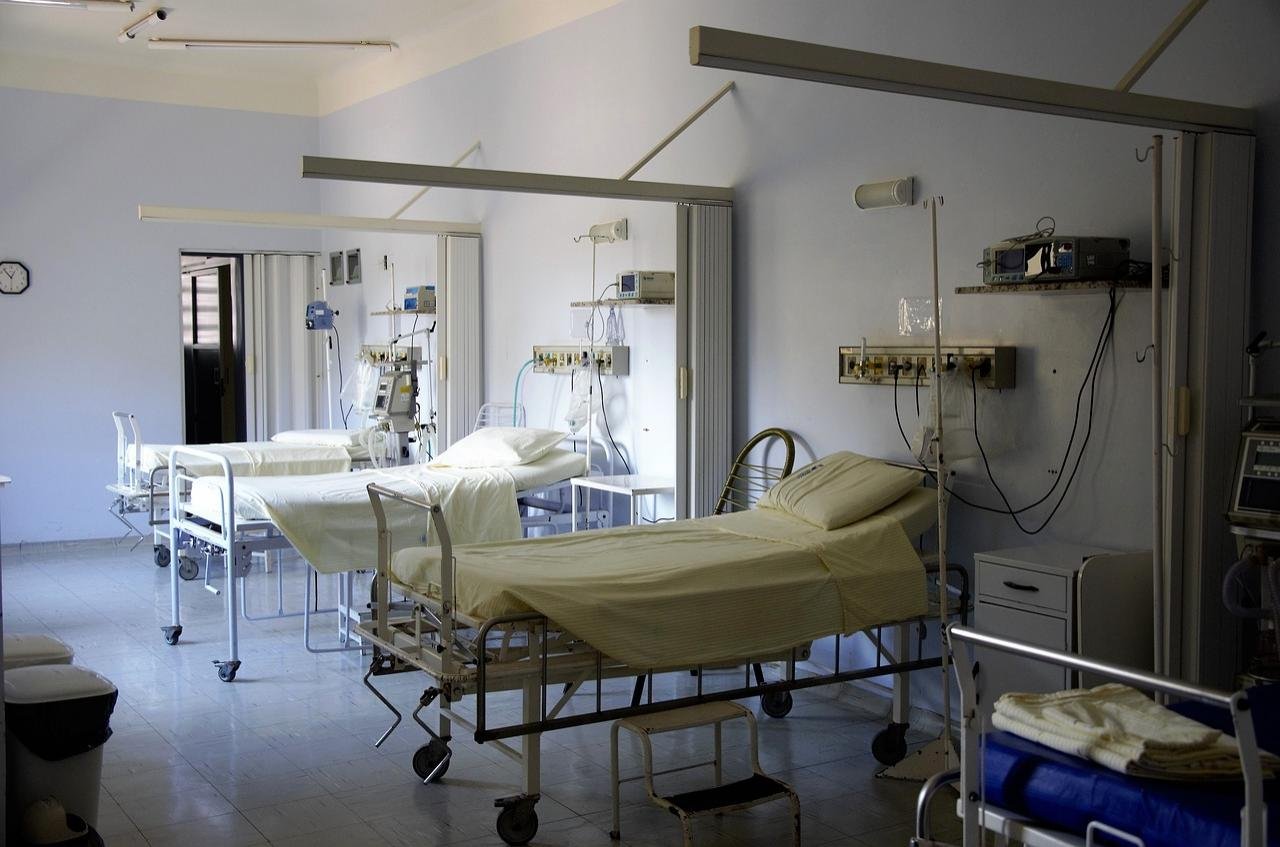Business
As Nuns Fade Away, Catholic Hospitals Transform into Corporate Giants

Across more than 600 Catholic hospitals in the United States, the absence of nuns from chief executive roles has sparked renewed discussions on the evolution and identity of these institutions. The Catholic Health Association highlights this trend, noting that while nuns once served as leaders, the rise of business-minded executives now dominates the landscape. Sister Irene Kraus, a notable figure in Catholic healthcare, famously stated, “no margin, no mission,” underscoring the necessity of financial success for fulfilling the hospitals’ charitable purposes.
The Catholic Church continues to influence healthcare delivery through religious directives, prohibiting practices such as abortions and limiting access to contraceptives and assisted dying. However, the transformation of these hospitals into vast entities resembling corporate giants raises questions about their original mission. M. Therese Lysaught, a moral theologist, asks, “What does it mean to be a Catholic hospital when the enterprise has been so deeply commodified?”
St. Louis has emerged as a central hub for Catholic healthcare systems, with major organizations headquartered in the area. For the past 25 years, Sister Mary Jean Ryan led SSM Health, which oversees a network of hospitals across multiple states. As one of the last nuns to head a Catholic health system, Ryan’s experiences reflect a pivotal moment in the industry’s transition away from traditional leadership.
Ryan, who joined the sisterhood while in nursing school, regarded the nuns she worked with as exemplars of service. In her words, “They were very impressive.” She rose through the ranks of SSM Health, founded over a century ago by German nuns responding to a smallpox outbreak in St. Louis. Their mission grew into one of the nation’s largest Catholic health networks, generating over $10 billion in annual revenue.
Despite the challenges posed by dwindling numbers of women entering the religious life, Ryan managed to navigate the future of SSM Health without the support of nuns in leadership positions. The organization’s culture still retains its religious roots; meetings typically begin with prayers, and various religious symbols persist throughout its facilities. Diarmuid Rooney, a vice president at the Catholic Health Association, emphasizes the importance of treating all patients equitably, regardless of background.
While Catholic hospitals maintain their religious identity, their operational similarity to secular businesses has drawn attention. Ruth Hollenbeck, a former insurance executive, highlighted that contractual distinctions between Catholic and non-Catholic hospitals often boil down to one paragraph addressing compliance with church directives. Furthermore, as nonprofit entities, such hospitals must demonstrate community benefits to maintain tax-exempt status, yet definitions of those benefits are broad.
According to a KFF Health News analysis, SSM Health’s contributions to community benefits fall significantly below national averages. Reports reveal that SSM allocated just over 5% of its annual expenses for community efforts for the years 2020 through 2022, raising concerns about its commitment to its founding principles. The Lown Institute identified several Catholic health systems, including SSM, as having substantial “fair share” deficits in community spending versus received tax breaks.
SSM Health is currently led by Laura Kaiser, a seasoned business executive, whose compensation package has drawn scrutiny, especially when compared to Ryan’s model of nonprofit service. Kaiser’s total compensation in 2022 reached $8.4 million, a stark contrast to Ryan’s approach, where she received contributions to her convent rather than a traditional salary. Ryan’s reflections highlight a profound shift within these institutions that once placed ministry above profit.













![Trestle Management Vice President Marc Vasquez speaks to Rancho Mirage residents during an HOA meeting on March 31, 2025. [Monica D. Spencer]](https://arizonanews.org/wp-content/uploads/2025/04/Rancho-Mirage-Homeowners-Regain-Stability-Yet-One-Crucial-Element-Lingers-80x80.jpg)




